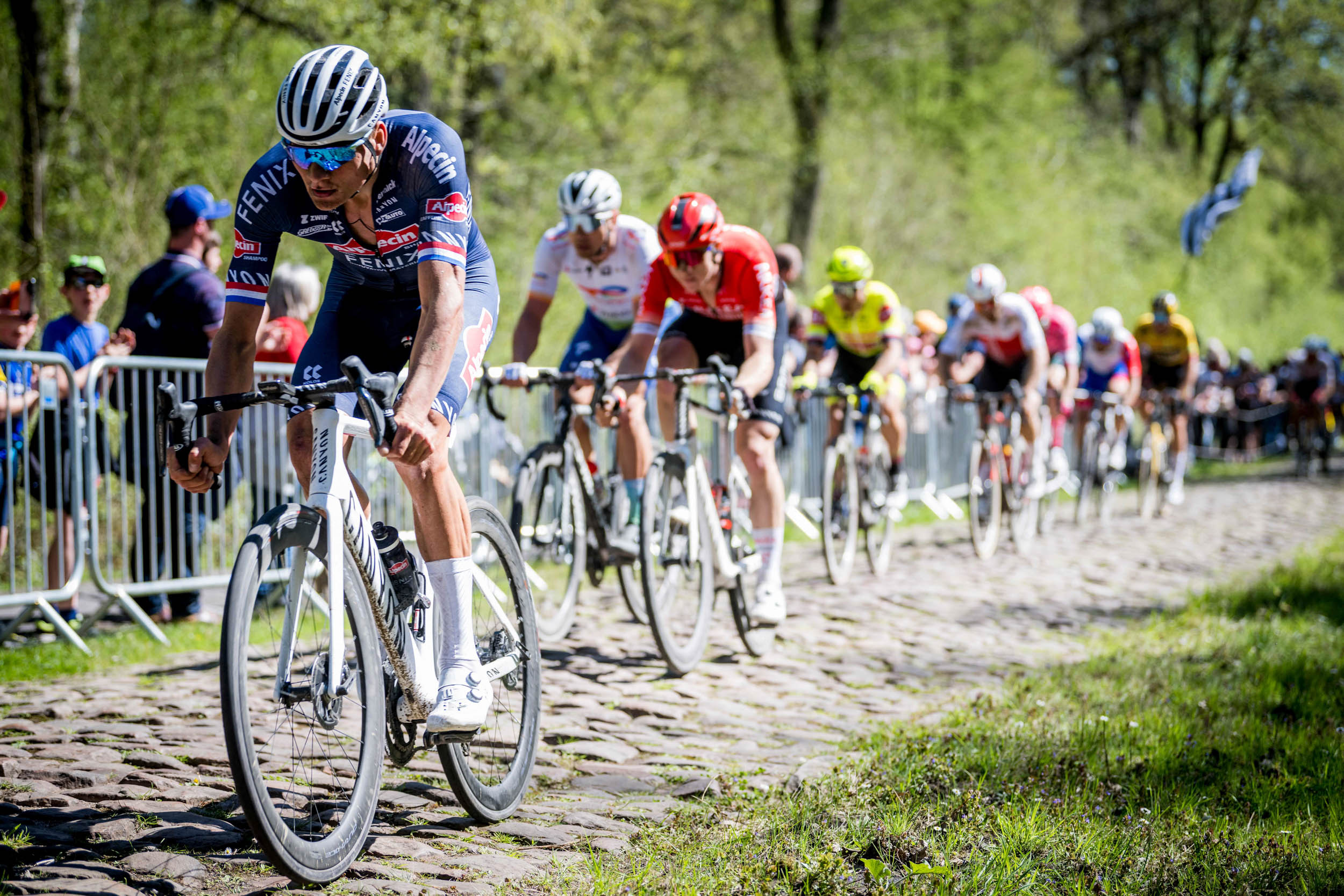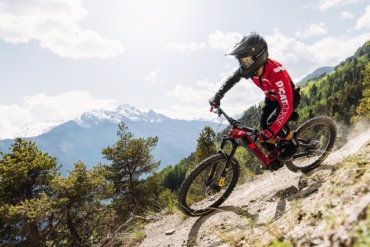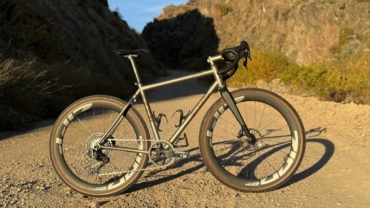It’s easy to get caught up in the hype of the Grand Tours like the Tour de France. They weave through vast landscapes over nearly a month, allowing spectators to follow multiple evolving storylines as athletes fight for various accomplishments.
But the Grand Tours are not even close to the only venues where riders truly test their mettle. Many other races have ascended to legendary status as some of the most challenging and prestigious races a cyclist can win. None carry more weight than the cycling Monuments.
The cycling Monuments are among the world tour calendar’s longest-running and most difficult single-day races. They include the Milan-San Remo, Tour of Flanders, Paris-Roubaix, Liège–Bastogne–Liège, and the Tour of Lombardy. These five classics are much longer than typical stages in the Grand Tours and other one-day races and have run since the early 1900s or before.
Each route has unique characteristics, like cobbles or gravel, that significantly complicate the race. Winning one of these races can be the achievement of a career for a professional cyclist.
Milan-San Remo: The Longest Cycling Monument
Milan-San Remo is the longest of the cycling Monuments. As its name implies, the race runs from Milan to San Remo in Northwestern Italy over about 300 km or 186 miles. The race launched in 1907 and has run every year except for 1944, 1945, and 1916 due to the first and second world wars.
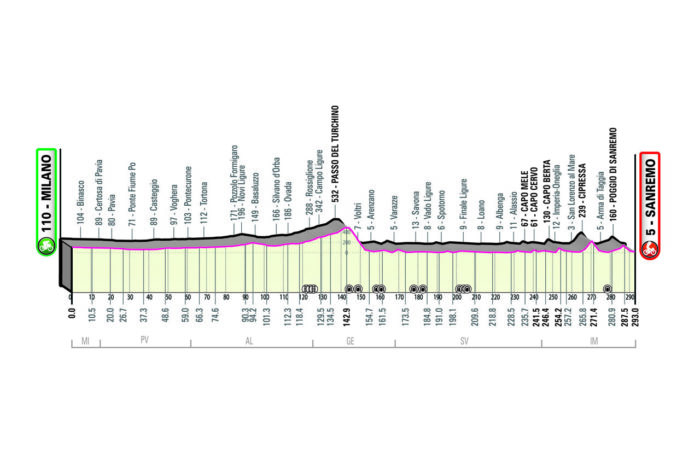
The race generally takes more than six hours to complete, with racers traveling at an average pace of around 28 mph.
Sprinters have historically fared well in the race, which culminates in a long, blisteringly fast descent of the Poggio di San Remo near the finish line that pits riders who have managed to hang together against each other for an explosive finish.
Bahrain Victorious’ Matej Mohorič is the current champion of Milan-San Remo.
Tour of Flanders
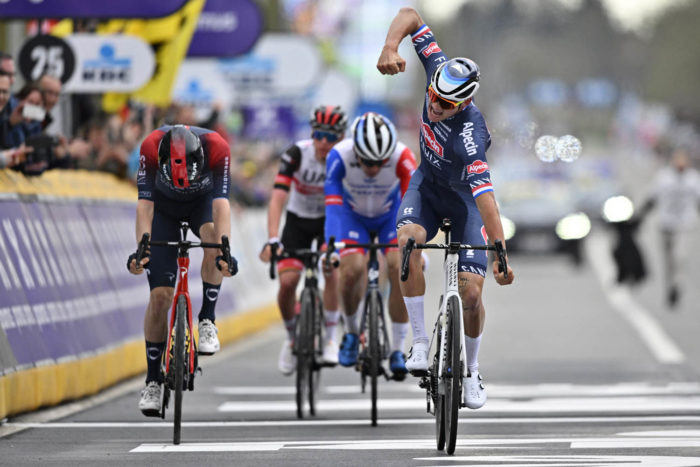
The Tour of Flanders, also known as De Ronde, began in 1913 and has run 106 times throughout its history. The route of the Tour of Flanders changes from year to year but usually lands at a distance ranging from 240 km to 275 km, or about 140 to 170 miles.
The key features of the Tour of Flanders are a series of sharp, bone-chattering cobblestone climbs. Mathieu van Der Poel won the race in 2022, reclaiming his 2020 title after losing it to Kasper Asgreen in 2021.
The race generally takes about six hours to complete and favors strong bike handlers due to the rough cobbled terrain that peppers the course, some of which reach grades of more than 20%.
There is also a women’s version of the Tour of Flanders, which Lotte Kopecky won in 2022.
Liège-Bastogne-Liège
Liège-Bastogne-Liège first ran in 1892 and is also commonly referred to as “La Doyenne.” It is usually between 255 and 260 km, or roughly 160 miles.
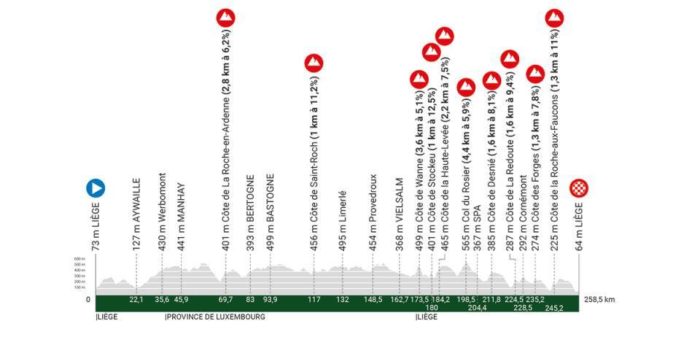
The race is known to be extremely hilly. The 2023 edition of the race includes 10 climbs, all but two of which fall in the last third of the race. Such consistent climbs are a crucial battleground for cyclists who typically find themselves in the mix to contend for Grand Tour wins.
Remco Evenepoel won the 2022 race with a finish time of 6:12:38. Previous winners include Tadej Pogačar, Primož Roglič, and Jakob Fuglsang.
There is a women’s version of this Monument. Annemiek van Vleuten won it in 2022.
Paris-Roubaix: The Toughest Cycling Monument
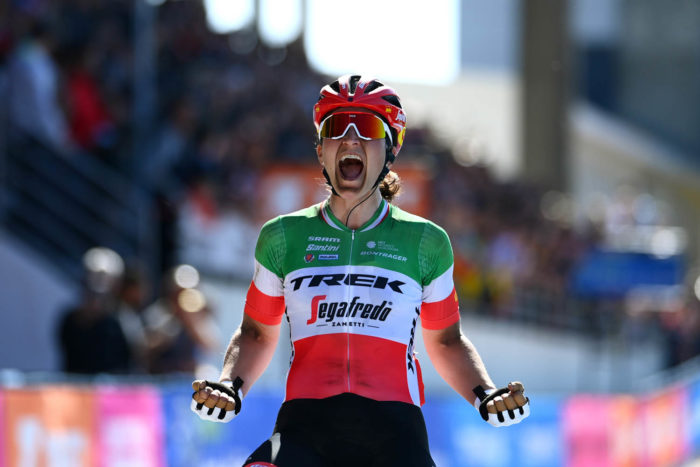
The Paris-Roubaix is among the most challenging bike races in the world. It begins north of Paris and follows a roughly 257 km or 160-mile route to Roubaix. These, however, are not easy miles. Commonly referred to as “The Hell of the North,” the cycling monument is absolutely littered with jarring cobblestone sections.
Each cobblestone section is graded in difficulty from one to five stars. The 2023 race includes 30 sections of cables that amount to 34 miles throughout the race. Riders usually finish this race covered in dirt because so much gets kicked up as they charge through the uneven ground.
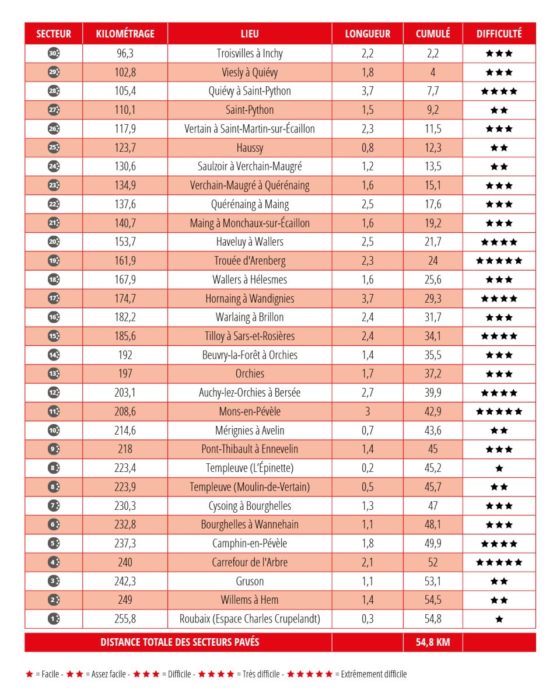
Dylan van Baarle won the 2022 Paris-Roubaix. Sonny Colbrelli won in 2021 after the race was canceled in 2020 due to the COVID-19 pandemic.
There is a women’s version of the Paris-Roubaix. Elisa Longo Borghini won it in 2022.
Tour of Lombardy: The Fall Cycling Monument
The Tour of Lombardy, Giro di Lombardia, or simply Il Lombardia, has run since 1905. Also known as the “Race of the Falling Leaves,” due to its fall date, Il Lombardia is considered a classic cycling monument that favors climbers. It runs for about 150 miles and includes a series of lung-busting climbs from beginning to end.
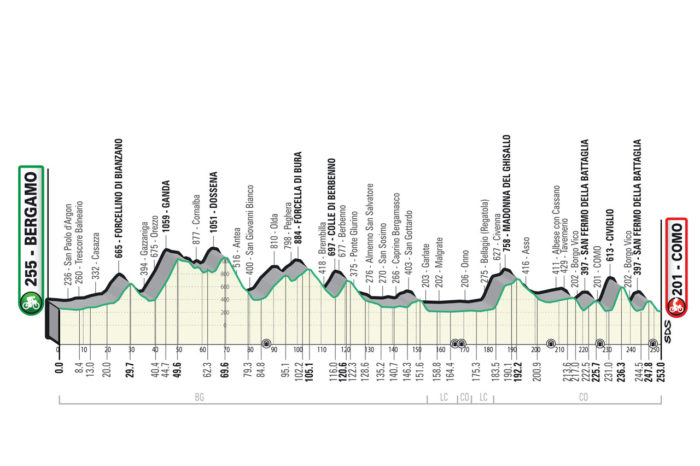
Some climbs reach maximum grades of 15%.
Tadej Pogačar has won the last two consecutive Tours of Lombardy. Jakob Fuglsang won in 2020.
Cycling Monument Tactics
Cycling Monuments and other single-day races are not entirely different from stage races, but they carry a few key differences in how riders and teams work toward a win.
As in multi-stage races, team riders still work to protect their best rider from wind and crashes. They try to position their rider in the best position to get to the front of the race when the time is right.
However, since these races last only a single day, riders can leave everything on the course to earn a win rather than strategically saving themselves for a later stage or race section. Riders with legs stick up toward the front, while those that don’t get dropped. There are no time bonuses or other awards to chase. It’s all about victory or finishing near the top for UCI points. That makes for exciting racing.
